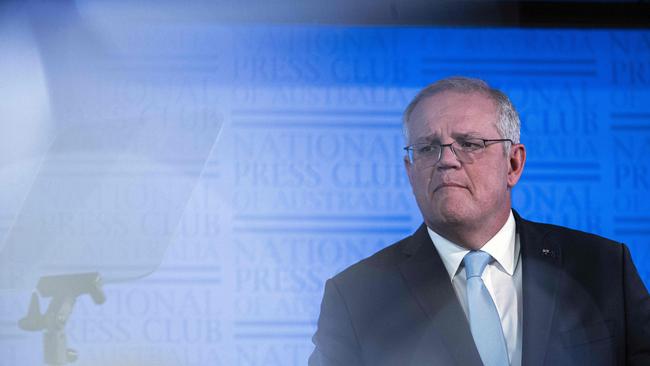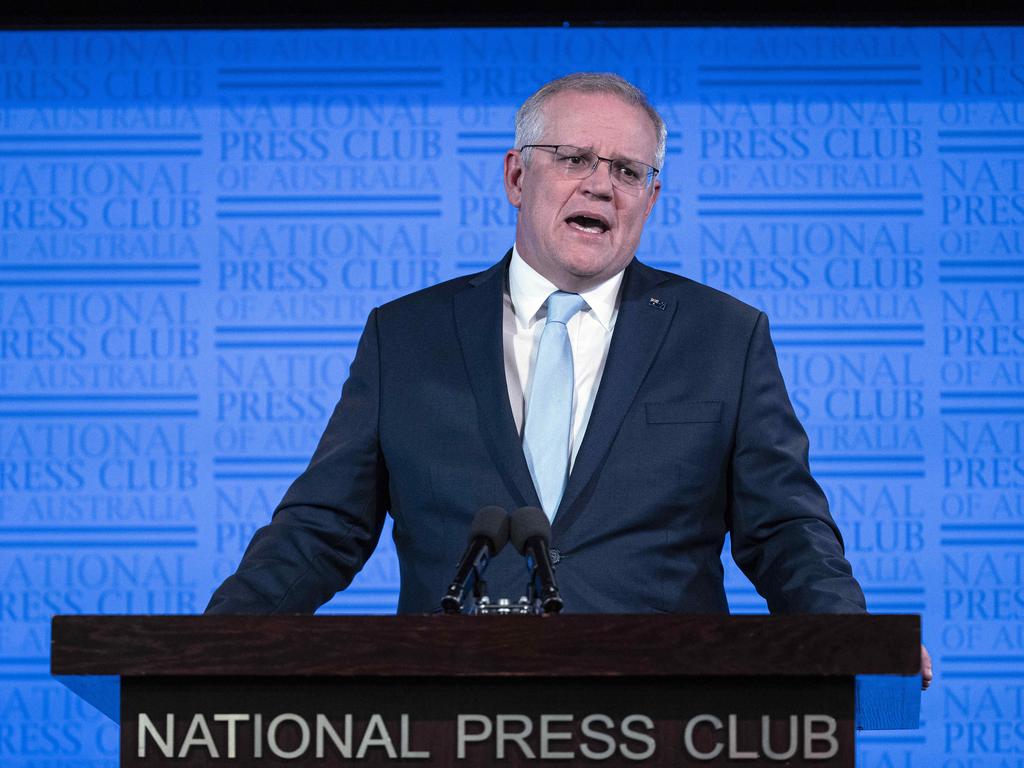A modern manufacturing sector will boost economy, but cut jobs, experts say
Scott Morrison has flagged next week’s budget will contain more incentives for research and development.

Scott Morrison has flagged next week’s budget will contain more incentives for research and development, as experts, business groups and unions welcomed the government’s newly announced $1.5bn strategy to develop a modern manufacturing sector.
Sensitive to the charge that the government had set itself up as the arbiter of which businesses should and shouldn’t thrive in the post-COVID economy, the Prime Minister said on Thursday the government was “not picking winners; we are setting priorities”.
The government sees resources and critical minerals, food and beverages, medical products, recycling and clean energy, defence and space as industries to be well established within a decade. The sectors were chosen on the basis of competitive advantage, or that they were considered strategically important.
“Let me stress, our objective here is not to overcome each and every source of vulnerability based on domestic production alone,” Mr Morrison told the National Press Club. “The current crisis is not an excuse for protectionist policies that subsidise inefficient firms and industries.”
As opposition industry and employment spokesman Brendan O’Connor criticised the government for removing research and development tax concessions, Mr Morrison flagged that further incentives would be announced in Tuesday’s budget.
“We certainly want to encourage more research and development,” he said. “And our answer to that question will be delivered by the Treasurer next Tuesday night.”
Swinburne University director of transformative innovation Beth Webster said the six sectors targeted in the manufacturing strategy were “uncontroversial” priority areas that had been identified as promising opportunities for more than a decade.
“From what we can tell, it (the strategy) looks good,” Professor Webster said. “The difference will be in how well they execute it.”
As the Australian Manufacturing Workers Union called for union representatives to be included in the development of the proposed industry policies, Professor Webster said the committees formed to oversee the multi-year sector plans had to be filled with industry leaders and experts, rather than politicians or individuals beholden to a particular group or party. “This can’t be a gravy train for industry,” she said.
Manufacturing employs about 7 per cent of the labour force, from a peak of more than a quarter of workers around the middle of last century.
Mr Morrison emphasised the manufacturing strategy’s role in creating the jobs of the future.
“Today’s advanced manufacturing enterprise stretches from the labs doing the research and development, the skilled workers doing the design and engineering, through to sales, marketing and after-sale services,” he said.
Professor Webster said modern manufacturing was a capital intensive, automated process that would employ fewer, rather than more, workers. “The future is to have manufacturing employ 2 per cent of the workforce,” she said.





To join the conversation, please log in. Don't have an account? Register
Join the conversation, you are commenting as Logout